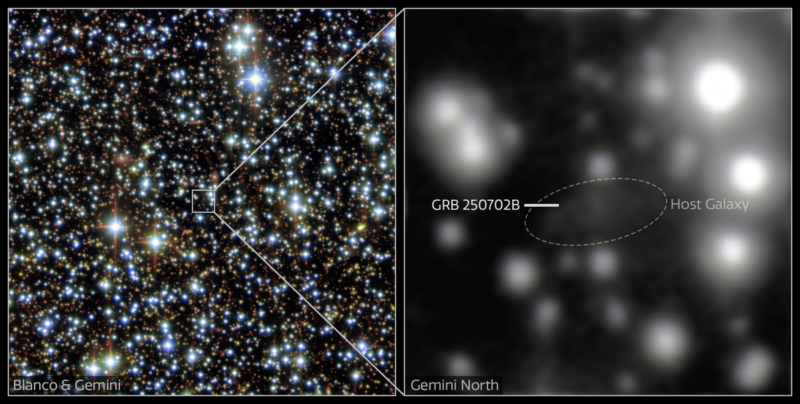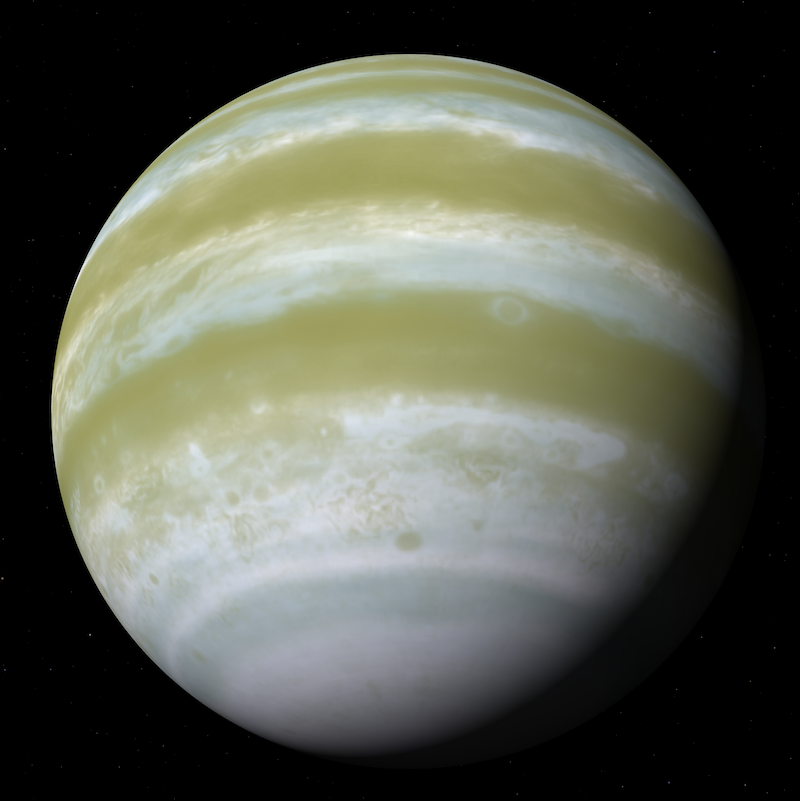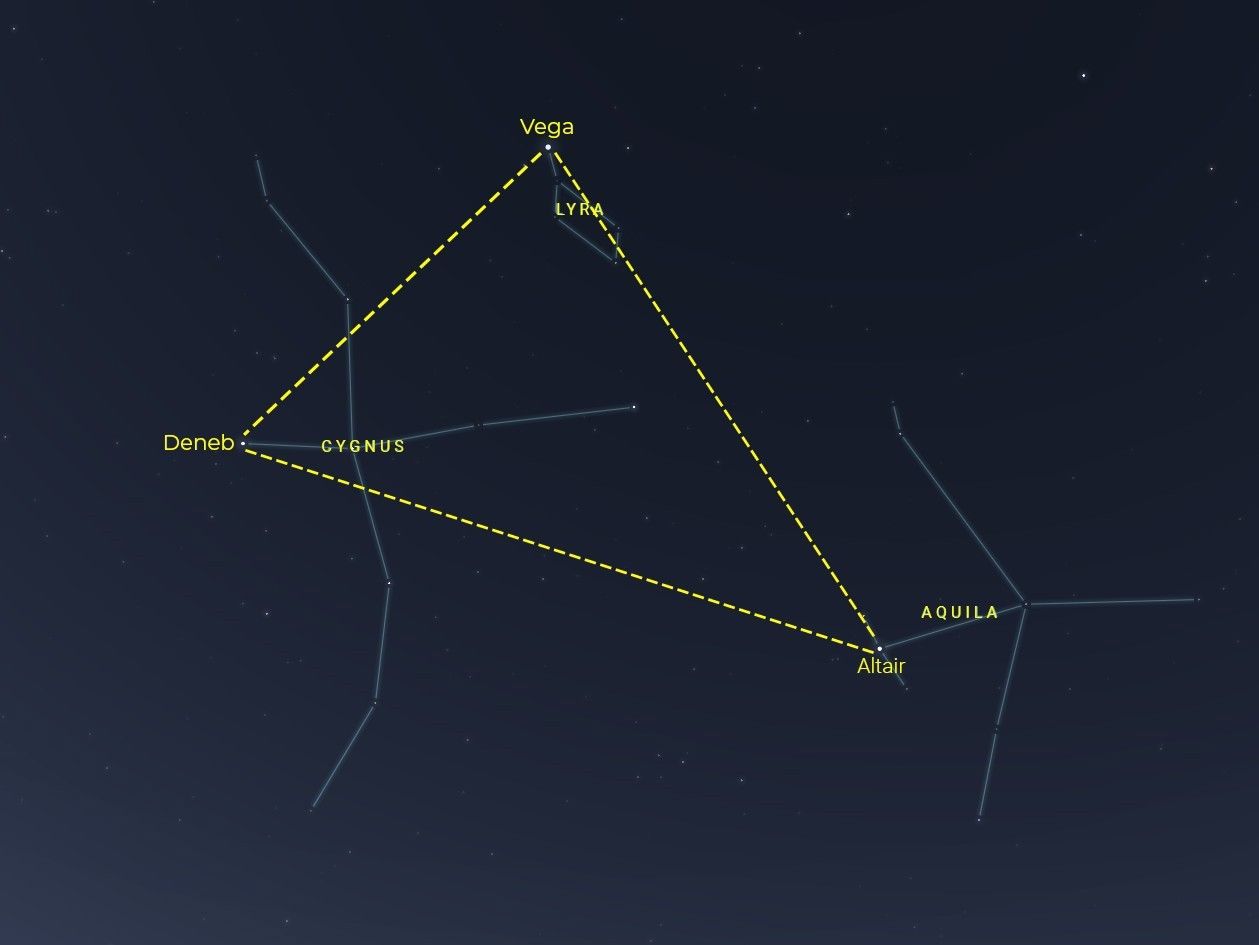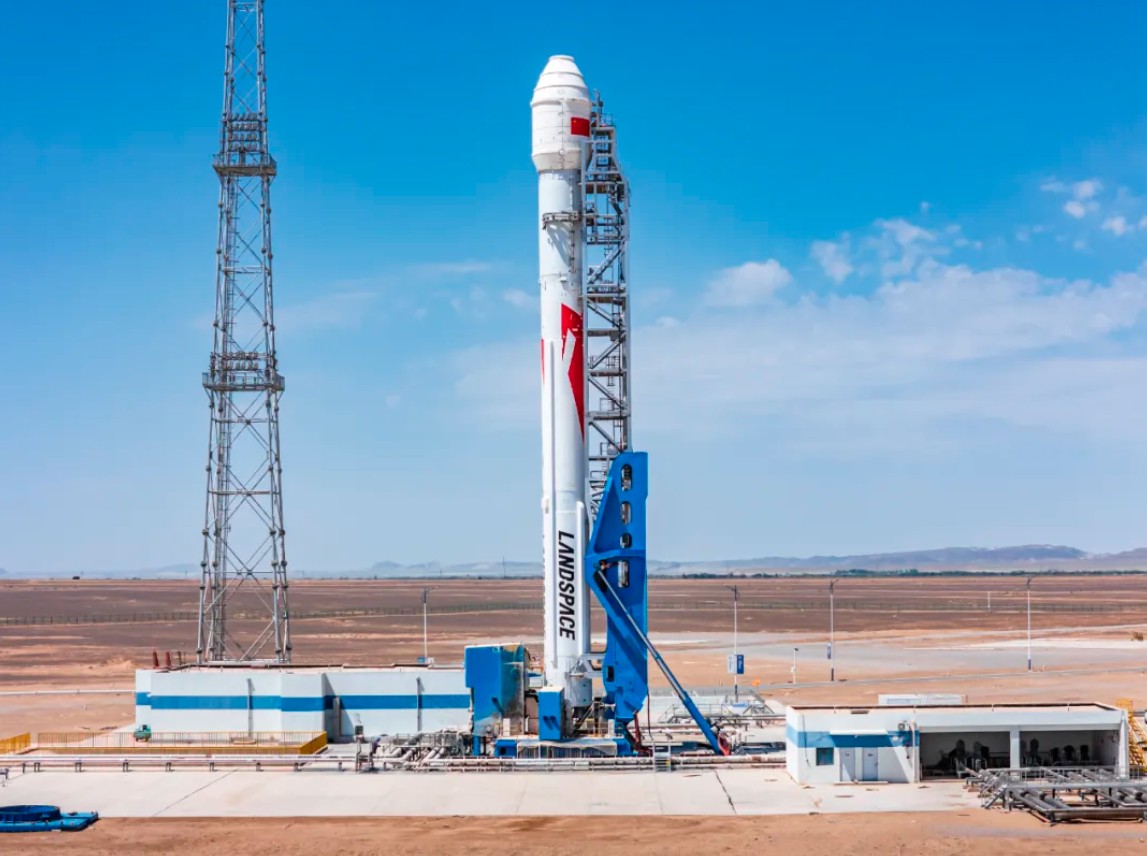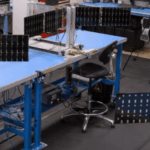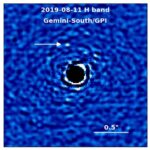Now Reading: New type of supernova, as a black hole triggers a star explosion
-
01
New type of supernova, as a black hole triggers a star explosion
New type of supernova, as a black hole triggers a star explosion
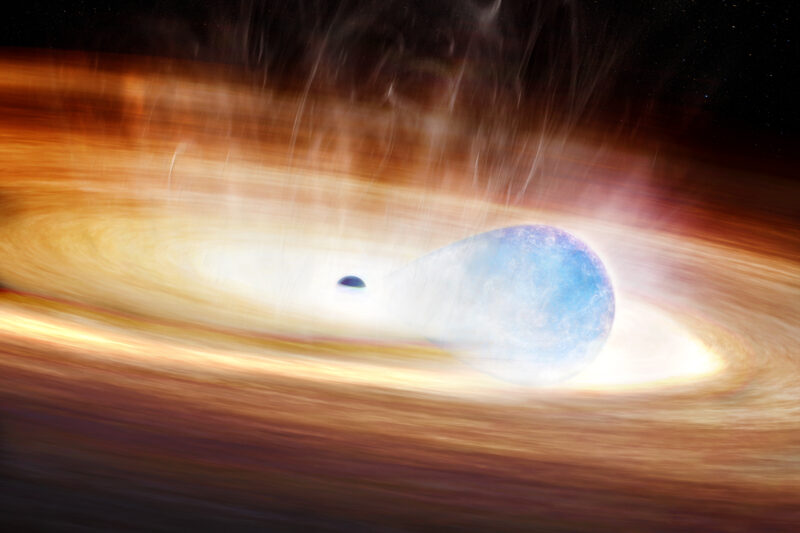
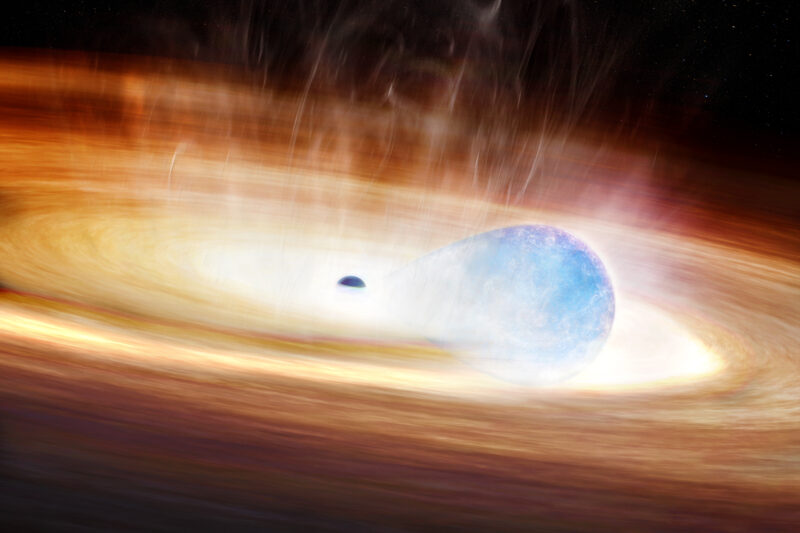
- A massive star and its black hole companion circled each other – closer and closer – as the star’s outer layers were expanding, trying to swallow the hole, while the hole was siphoning material off the star.
- The star became unstable and exploded as it closed in on the black hole.
- It’s the first evidence of a supernova created in close interactions between a star and black hole.
New type of supernova from a star trying to eat a black hole
Astronomers said this week they’ve discovered a new type of supernova. It appears to be a massive star that exploded while trying to envelop a black hole companion in its outer layers.
If it’s true, it’s one of the strangest stellar explosions we’ve yet seen. The Zwicky Transient Facility discovered the blast, named SN 2023zkd, in July 2023.
A new artificial intelligence (AI) algorithm – designed to scan for unusual explosions in real time – first detected the explosion. That early alert allowed astronomers to begin follow-up observations immediately, an essential step in creating a model that explains the explosion. By the time the explosion was over, a large set of telescopes, both on the ground and from space, had observed it.
The scientists think the most likely interpretation of the data is that a star of perhaps 10 solar masses was locked in a deadly orbit with a black hole of about the same mass. The star and black hole drew closer to each other, with the star trying to envelop the hole in its outer layers, and the hole pulling material from the star until … boom! The star exploded as a supernova.
A team led by the Center for Astrophysics | Harvard & Smithsonian and the Massachusetts Institute of Technology (MIT) made the discovery as part of the Young Supernova Experiment. The peer-reviewed Astrophysical Journal published the study on August 13, 2025.
What triggered the supernova
Alexander Gagliano is the lead author of the study and a fellow at the NSF Institute for Artificial Intelligence and Fundamental Interactions. Gagliano said:
Our analysis shows that the blast was sparked by a catastrophic encounter with a black hole companion, and is the strongest evidence to date that such close interactions can actually detonate a star. Our machine learning system flagged SN 2023zkd months before its most unusual behavior, which gave us ample time to secure the critical observations needed to unravel this extraordinary explosion.
An alternative interpretation the team considered is that the black hole completely tore the star apart before it could explode on its own. In that case, the black hole quickly pulled in the star’s debris, and supernova emission was generated when the debris crashed into the gas surrounding it. Both cases leave a single, heavier black hole behind.
Witnessing the new type of supernova
Located about 730 million light-years from Earth, SN 2023zkd initially looked like a typical supernova. It had a single burst of light. But as the scientists tracked its decline over several months, it did something unexpected: it brightened again. To understand this unusual behavior, the scientists analyzed archival data, which showed something even more unusual. The system had been slowly brightening for more than four years before the explosion. Scientists rarely see that kind of long-term activity before the explosion in supernovas.
Detailed analysis revealed the explosion’s light was shaped by material the star had shed in the years before it died. The early brightening came from the supernova’s blast wave hitting low-density gas. The second, delayed peak was caused by a slower but sustained collision with a thick, disk-like cloud. This structure – and the star’s erratic pre-explosion behavior – suggest the dying star was under extreme gravitational stress. And that stress was likely from a nearby, compact companion such as a black hole.
V. Ashley Villar is a CfA assistant professor of astronomy in the Harvard Faculty of Arts and Sciences and a co-author on the study. Villar said:
2023zkd shows some of the clearest signs we’ve seen of a massive star interacting with a companion in the years before explosion. We think this might be part of a whole class of hidden explosions that AI will help us discover.
More chances to catch supernovas in the act
Gagliano said:
This discovery shows how important it is to study how massive stars interact with companions as they approach the end of their lives. We’ve known for some time that most massive stars are in binaries, but catching one in the act of exchanging mass shortly before it explodes is incredibly rare.
With the Vera C. Rubin Observatory recently unveiling its first images and preparing to survey the entire sky every few nights, this discovery marks a glimpse of what’s to come. Powerful new observatories, combined with real-time AI systems, will soon allow astronomers to uncover many more rare and complex explosions and begin to map how massive stars live and die in binary systems.
The Young Supernova Experiment will continue to complement Rubin by using the Pan-STARRS1 and Pan-STARRS2 telescopes to identify supernovas shortly after explosion. This approach offers a cost-effective way to study the dynamic nearby universe. Gagliano said:
We’re now entering an era where we can automatically catch these rare events as they happen, not just after the fact. That means we can finally start connecting the dots between how a star lives and how it dies, and that’s incredibly exciting.
Bottom line: Astronomers believe they’ve found a new type of supernova. They say it exploded as a star tried to envelop its black hole companion.
Via the Center for Astrophysics | Harvard & Smithsonian
The post New type of supernova, as a black hole triggers a star explosion first appeared on EarthSky.
Stay Informed With the Latest & Most Important News
Previous Post
Next Post
Previous Post
Next Post
-
 012024 in Review: Highlights from NASA in Silicon Valley
012024 in Review: Highlights from NASA in Silicon Valley -
 02Panasonic Leica Summilux DG 15mm f/1.7 ASPH review
02Panasonic Leica Summilux DG 15mm f/1.7 ASPH review -
 03From Polymerization-Enabled Folding and Assembly to Chemical Evolution: Key Processes for Emergence of Functional Polymers in the Origin of Life
03From Polymerization-Enabled Folding and Assembly to Chemical Evolution: Key Processes for Emergence of Functional Polymers in the Origin of Life -
 04How New NASA, India Earth Satellite NISAR Will See Earth
04How New NASA, India Earth Satellite NISAR Will See Earth -
 05And Thus Begins A New Year For Life On Earth
05And Thus Begins A New Year For Life On Earth -
 06Astronomy Activation Ambassadors: A New Era
06Astronomy Activation Ambassadors: A New Era -
07SpaceX launch surge helps set new global launch record in 2024













